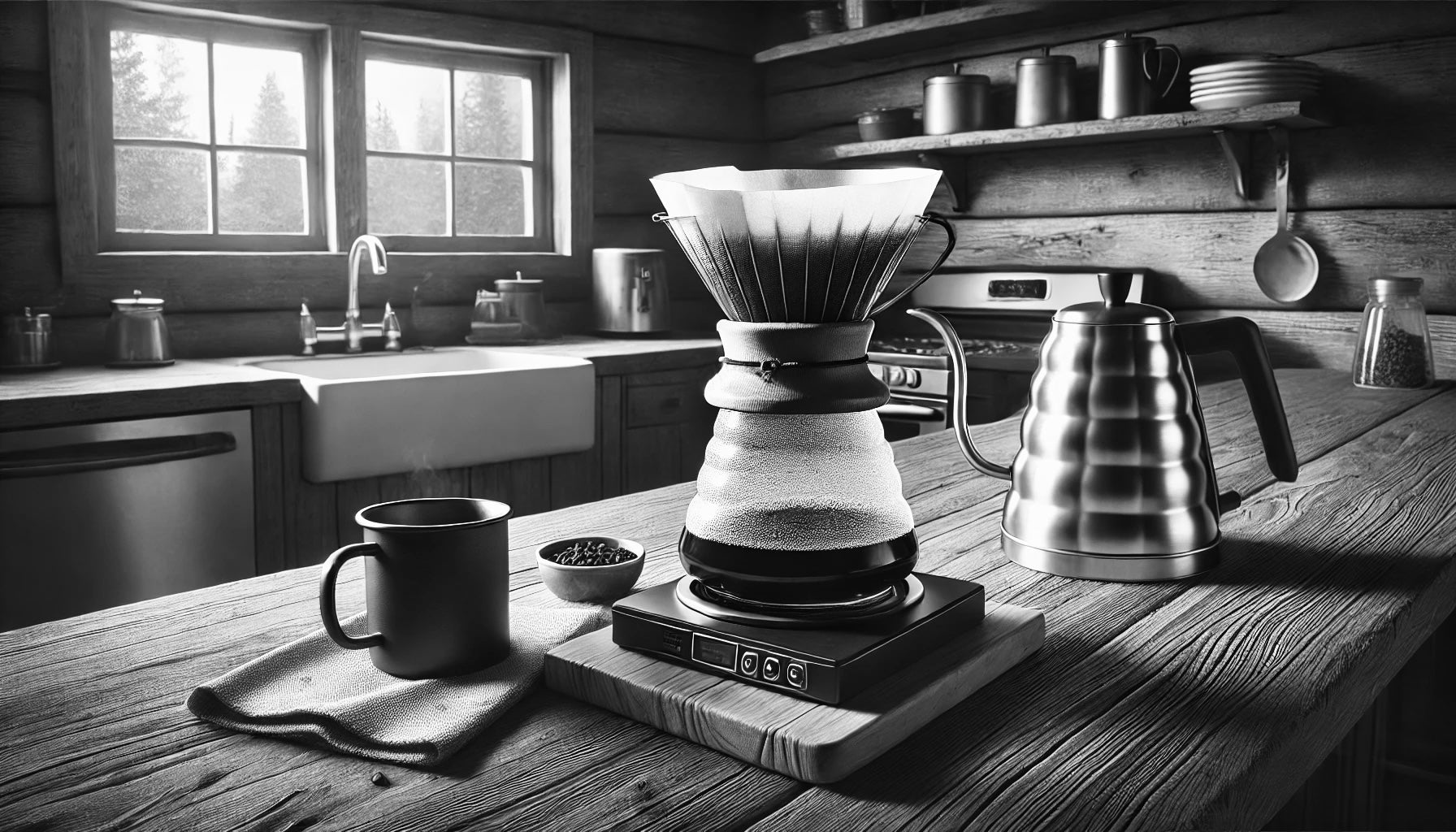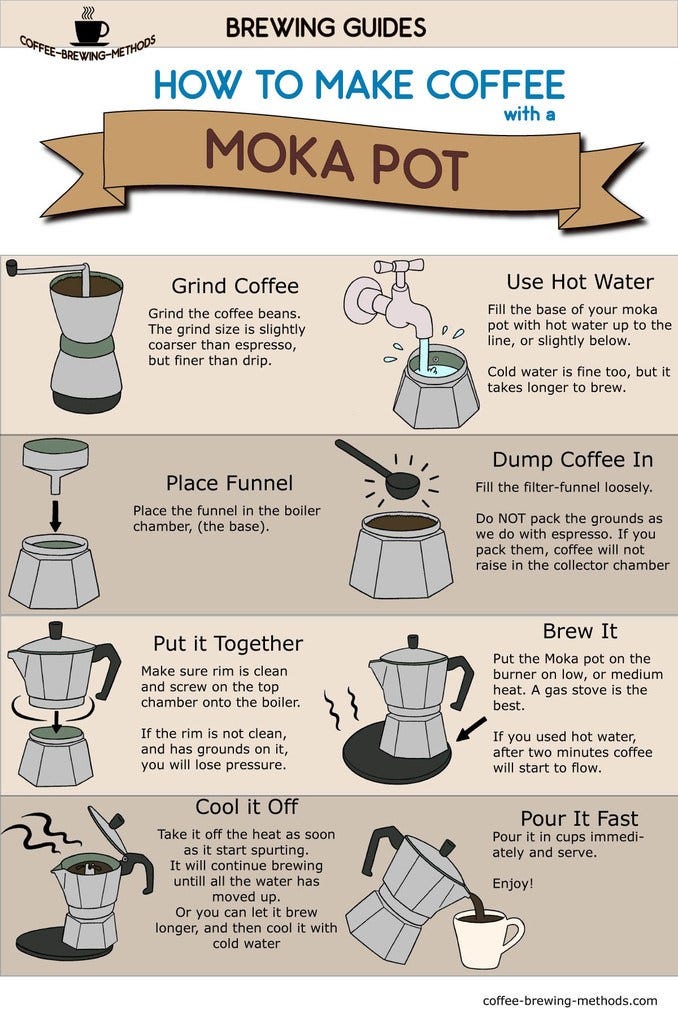The Ultimate Contrast of Popular Coffee Brewing Methods for Home Baristas
The Ultimate Contrast of Popular Coffee Brewing Methods for Home Baristas
Blog Article
The Scientific Research Behind Coffee Brewing: Exactly How Temperature Level and Time Affect Your Beverage
Understanding the science behind coffee brewing discloses that temperature level and time are not plain variables but essential elements that dictate the beverage's taste account and general high quality. The optimal brewing temperature level normally falls between 195 ° F and 205 ° F, while the period of extraction differs considerably across various approaches. This interaction of elements can lead to a mug that is either fascinating or frustrating. As we explore the nuances of these components, the concern occurs: exactly how can one successfully equilibrium temperature and time to achieve that excellent mixture?
The Chemistry of Coffee Removal
The chemistry of coffee removal delves right into the elaborate procedures that transform raw coffee beans right into the aromatic drink enjoyed worldwide. This change primarily includes the solubility of various compounds existing in the beans, which are influenced by factors such as work dimension, water top quality, and the brewing approach employed.
Throughout the developing process, warm water serves as a solvent, drawing out soluble compounds, consisting of high levels of caffeine, acids, sugars, and lipids, from the coffee premises. Each compound adds to the flavor account, fragrance, and body of the final beverage. Acids are accountable for tasty and intense notes, while oils add to an abundant mouthfeel.
The first phases of developing remove acids and sugars, leading to a positive level of acidity, while long term removal can lead to resentment due to over-extraction of unfavorable compounds. Recognizing these chemical interactions is essential for optimizing developing techniques, as the equilibrium in between extraction time and water temperature can significantly affect the total top quality of the coffee.
Suitable Brewing Temperatures
Locating the ideal brewing temperature is important for unlocking the complete capacity of coffee flavors and aromas - coffee brewing methods. Research shows that the ideal range for developing coffee lies in between 195 ° F to 205 ° F(90 ° C to 96 ° C) Within this variety, the extraction procedure efficiently dissolves the preferable soluble substances in coffee beans, causing a delicious and balanced mug
Brewing at lower temperature levels, such as below 195 ° F(90 ° C ), might result in under-extraction, generating an acidic and weak mixture with soft flavors. On the other hand, developing at temperature levels exceeding 205 ° F(96 ° C) can cause over-extraction, creating a extreme and bitter taste because of the too much dissolution of undesirable substances, such as tannins.
Moreover, the excellent brewing temperature level can vary relying on the coffee bean type and roast degree. For example, lighter roasts usually take advantage of somewhat greater temperatures to improve their intricate flavor accounts, while darker roasts might be much better fit to reduced temperatures to reduce anger.
Ultimately, maintaining precision in brewing temperatures is important for accomplishing an unified equilibrium of tastes, making sure that every mug of coffee supplies a satisfying sensory experience.
Impact of Brewing Time
Brewing time plays a crucial duty in identifying the flavor profile and total quality of coffee. Shorter brewing times can result in under-extraction, leading to a weak or sour taste, as not sufficient soluble substances are liquified.
Ideal brewing time varies depending upon the technique made use of and the grind size of the coffee. A French press typically needs concerning 4 minutes, while espresso removal is usually completed within 25 to 30 secs. It is crucial to adjust developing time in conjunction with other variables, such as water temperature and coffee-to-water ratio, to attain the wanted flavor profile.
Understanding the impact of brewing time allows coffee enthusiasts to fine-tune their brewing techniques, inevitably improving the sensory experience of their cup (coffee brewing methods). With cautious interest to this variable, one can unlock the complete capacity of the coffee, from this source exposing its special attributes and subtleties
Brewing Approaches and Their Effects

For circumstances, methods like French press and cold brew permit a longer steeping time, causing a fuller body and robust taste due to boosted removal of oils and soluble solids. Alternatively, espresso brewing uses high stress and a much shorter removal time, creating a focused shot that emphasizes extreme tastes and an abundant crema.
Pour-over methods, such as Chemex or V60, use a more regulated removal process, enabling the brewer to control flow rate and water distribution, which can improve brightness and clarity. Percolation approaches cycle water with the coffee premises numerous times, leading to a more powerful, usually bitter taste.
Last but not least, the usage of paper filters versus steel filters can link additionally affect the final taste; paper filters typically produce a cleaner mug by capturing oils and fine fragments, while steel filters allow even more oils to travel through, adding to a fuller mouthfeel - coffee brewing methods. Understanding these subtleties can boost the coffee experience substantially
Tips for Refining Your Brew
A well-executed mixture can transform also the easiest coffee into a remarkable experience. To attain this, interest to information is crucial. Start with top quality, fresh roasted beans, as their taste account diminishes with time. Grind the beans just prior to brewing to make the most of quality, making sure the grind dimension matches your developing method-- coarser for French press and finer for coffee.
Water high quality plays an essential duty; use filtered water devoid of impurities. The suitable brewing temperature varies between 195 ° F and 205 ° F(90 ° C to 96 ° C ) As well hot can blister the coffee, while too great might under-extract flavors.
Timing is similarly crucial. For immersion approaches, steeping for 3 to 5 mins is optimal, whereas drip techniques commonly take about five minutes. Try out brew times to find your preferred strength.

Conclusion
In summary, the complex partnership in between temperature level and time is extremely important in the coffee developing procedure. Sticking to optimum developing temperature levels in between 195 ° F and 205 ° F, together with exact timing customized to every technique, ensures the desired taste account is attained. Recognizing these clinical principles equips individuals to fine-tune their brewing methods, ultimately leading to a more enjoyable and well balanced coffee experience. Mastery of these factors is essential for any kind of coffee fanatic seeking excellence in their drink.
Comprehending the science behind coffee developing exposes that temperature level and time are not simple variables but crucial aspects that determine the drink's taste account and general top quality. Comprehending these chemical communications is crucial for maximizing developing techniques, as the balance between extraction time and water temperature can dramatically influence the total high quality of the coffee.Developing time plays a critical duty in figuring out the flavor profile and total high quality of coffee. By concentrating Check Out Your URL on these elements-- bean high quality, grind dimension, water temperature, soaking time, and proportion-- you can raise your coffee developing procedure, resulting in a regularly superior cup.
In recap, the intricate connection in between temperature and time is critical in the coffee developing procedure.
Report this page